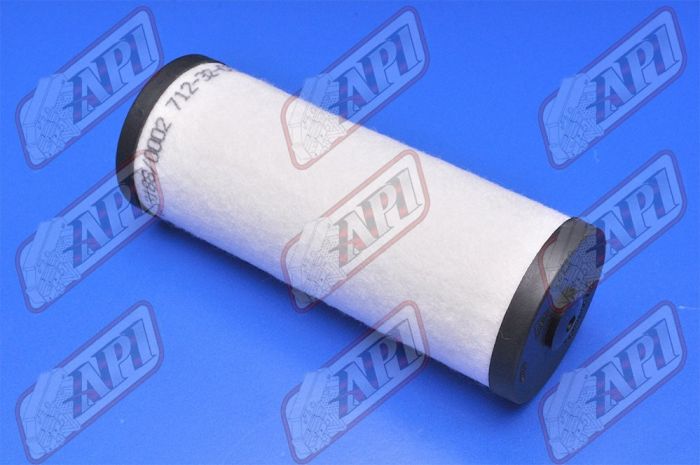Vinyl records have been in the market for years. It was a major source of music for the people of 20th century.
And after that, they were almost gone. However, with the advancement in the laser industry, laser engraving has been a versatile solution for many industries.
This article talks about the recent re-emergence of vinyl records because of laser engraving technology.
A little throwback to the history
Developed in the mid-1800s, Vinyl records were among the most dominant source of music till the 20th century. In 1990s the small size cassettes and CDs replaced these vinyl records.
The introduction of technology in the entertainment industry made people adopt new emerging things. However, these instruments were able to maintain their worth. With a large number of people still using vinyls to record their music.
With the introduction of engraving technology, these recorders have started coming back in trend. Numerous artists have started recording music in this format. In fact, according to current reports, vinyl sales are increasing year over year.
Additionally, Sony recently made an announcement that for the first time in 30 years they will be reopening the vinyl plant.
On the other hand, CNBC did a report on vinyl sales that stated that in 2016 total sale numbers for vinyl were 13 million. The highest number ever the company has had since 1991.
How this transformation became possible?
Laser Engraving in Vinyl Record:
In 2016 a company named Rebeat, located in Australia did a patent of the new method i.e. producing vinyl records using laser engraving. Later when they were able to increase their funding, they went on to reintroduce these records in the market.
Rebeat is calling these new records HD vinyl. And according to sources, these new records would have long playtime and better sound quality.
If you are looking to upgrade your laser machines with new parts you can look online for Bystronic spare parts or Prima spare parts for quality results.
Working:
The digital audio data from the device converts into an accurate image and represents it in a 3D inverted surface model for music. Further, it goes for mastering and size evaluation to prevent any unneeded gaps during printing.
It creates 3D images on ceramic plates. Whereas in traditional vinyl pressing, nickel stampers are useful instead of ceramics.

But, they wear out faster compared to other ceramics and produce records that decrease the quality as stamping plates lose details.
In fact, Rebeat claimed that with the help of laser engraving along with ceramic plates, up to 10,000 records production is possible without any loss in quality.
Additionally, they even said that by replacing vinyl pressing with laser engraving they were able to reduce the manufacturing time by 60%.
Pro tip: All HD vinyl produced by Rebeat will be backwards compatible and will be playable on any standard turntable.
Oreo Records and Laser Engraving:
Another big news is from Oreo cookie company. According to reports from Digital Music News, oreo recently partnered with the company called Dimension Plus to create Oreos capable of playing on the special turntable.
The company engraves the grooves on the iconic cookies which in turn produces Oreo’s theme song in different music styles like Jazz, classical, electronic and Chinese pop music.
To upgrade your laser machines with new parts you can look online for Bystronic spare parts or Prima spare parts for quality results.
A few of the major reasons that define the longevity of the records:
- Young collectors are having interests in collecting these records as it gives them a retro
- feel.
- The interest of baby boomers who grew up using them.
- The audio quality of vinyl records renders the best results. Because they are the closest to the original format.
- Additionally, engraved Vinyl records can be an art piece or autographs from their favorite artists.
Final Words:
Sometimes it may seem that technology is overpowering the world of music. However, Vinyl records and laser engraving can be the best example to overrule this type of statement. The collaboration between laser engraving and vinyl records is thriving in the industry and creates the need as it gives them the freedom of reliving those good old days again with a touch of technology.

 Log in with Facebook
Log in with Facebook 








